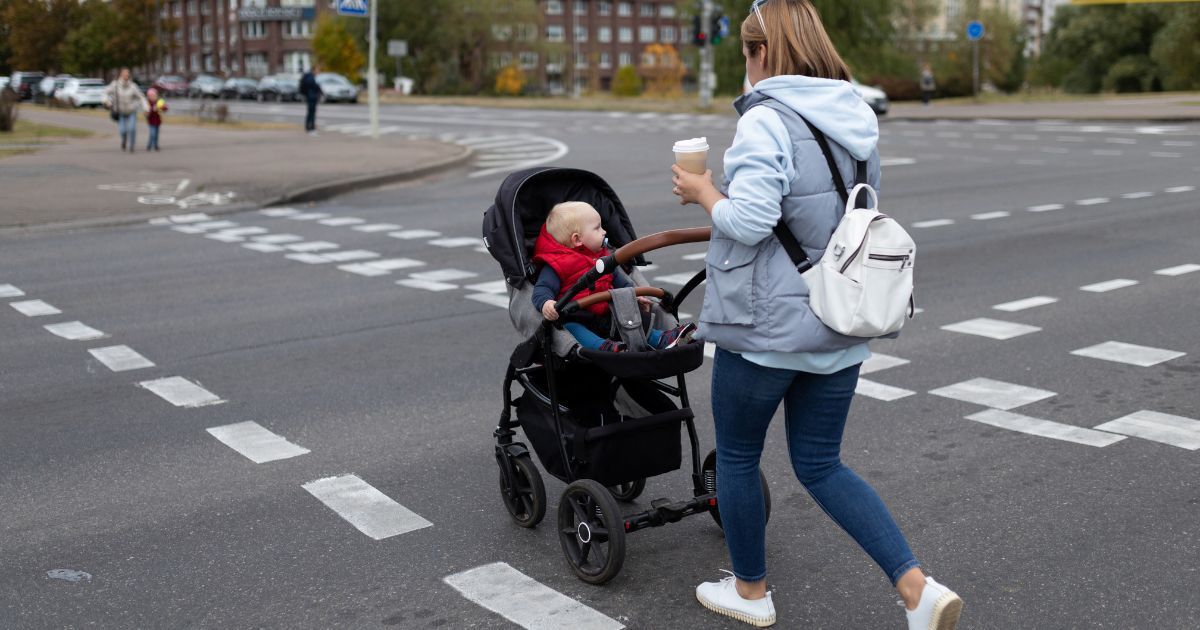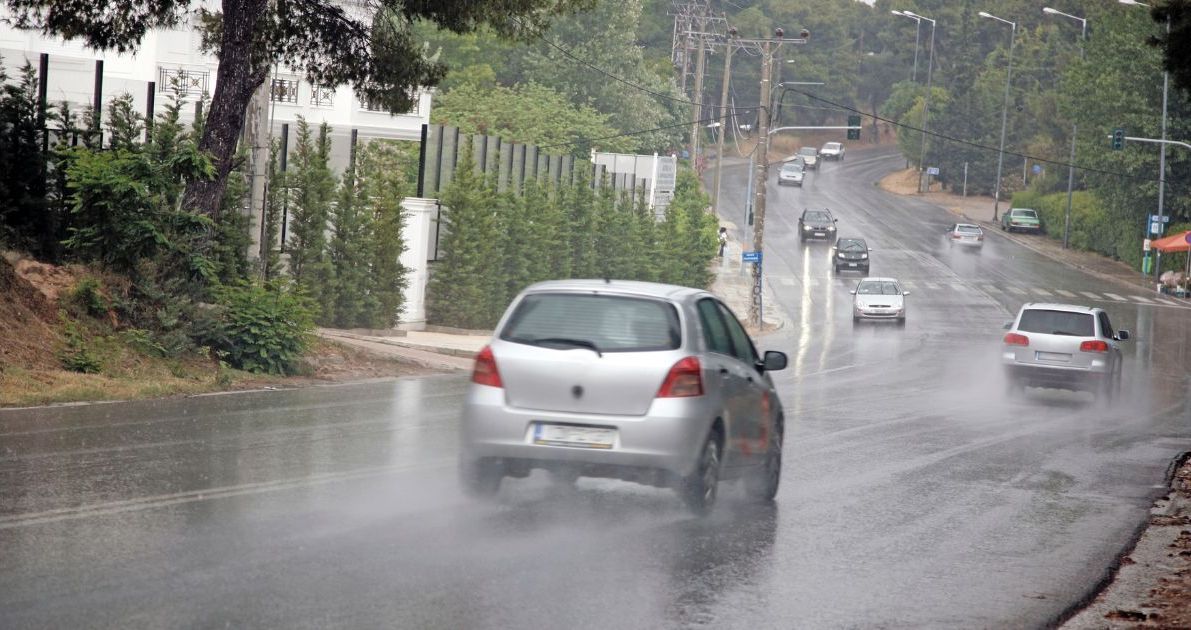What to Do About Shared Fault in MA Slip & Fall Cases?
Recent Posts
Important facts on Slip and Fall Accidents in Massachusetts:
- Massachusetts follows a modified comparative negligence rule when it comes to slip and fall : you can recover unless you’re more than 50% at fault; your damages are reduced by your percentage of fault. Example: $100,000 verdict – 20% plaintiff fault = $80,000 net recovery.
- Snow & ice cases in MA apply a reasonable care standard (no “natural vs. unnatural accumulation” defense since Papadopoulos v. Target, 2010).
- Personal injury statute of limitations is 3 years in MA.
- Falls in MA are common and severe, especially for older adults: weekly averages include ~900 ED visits, 400 hospital stays, and ~10 deaths.
- Document everything (photos, video, witnesses, incident reports, medical records) and be cautious with insurers and social posts-these heavily influence fault assignment and payouts.
- Talk to a Massachusetts premises-liability attorney like jason Ranallo early to preserve evidence, request surveillance, and counter comparative-fault arguments.
Massachusetts uses modified comparative negligence. If you are 50% or less at fault, you can recover damages; your award is reduced by your fault percentage. If you are 51% or more at fault, you’re barred from any recovery.
Why it matters: In slip & fall cases, small details (lighting, warning cones, prior complaints, footwear, your speed/distraction) can swing the percentage - and your final check - dramatically.
What Evidence Moves My Fault Percentage Up or Down?
Think in two buckets: hazard proof and conduct proof.
Hazard Proof (hurts the property owner, helps you)
- Photos/videos of the exact spot (wet floor, loose mat, broken tile, black ice).
- Maintenance logs or inspection routines (or lack thereof).
- Prior incident reports or complaints showing the owner “should have known.”
- Weather data and snow/ice practices (post-Papadopoulos, owners owe reasonable care regardless of “natural accumulation”).
Conduct Proof (can raise your fault if unfavorable)
- Statements like “I wasn’t watching” or “I was rushing.”
- Inappropriate footwear for conditions.
- Social posts or texts that downplay your injury or contradict your story.
- Ignoring visible warnings (cones/signage).
How Do Insurers (and Juries) Actually Calculate Shared Fault?
They weigh reasonableness on both sides: Did the owner maintain the premises and warn of hazards? Did you act like a reasonably careful person? Each side’s conduct is assigned a percentage; the math is then applied to the total damages.
Example:
- Medical bills + lost wages + pain & suffering = $120,000 damages.
- Jury finds you 25% at fault → $120,000 × 0.75 = $90,000 net.
- At 51% fault → $0 (barred).
What MA Rules Are Unique for Snow & Ice Falls?
The SJC’s decision in Papadopoulos v. Target Corp. (2010) replaced the old “natural vs. unnatural accumulation” distinction with a reasonable care standard - meaning owners must act reasonably under the circumstances to remove or treat snow and ice.
- Never ride under the influence.
- Be extra cautious at night and weekends, when impaired driving is more frequent.
- If another vehicle swerves erratically, increase following distance or change lanes.
What Do Massachusetts Fall Statistics Tell Us?
- Older adults in MA: Each week, falls lead to about 900 ED visits, 400 hospitalizations, and ~10 deaths.
- 2021 special report: 1,027 fall deaths among older adults; 19,244 hospital stays.
- Workplace context: MA private employers reported 55,400 nonfatal injuries/illnesses in 2023 (many involve slips, trips, and falls).
These numbers underscore why insurers push hard on comparative fault - small percentage shifts mean big money.
When Should I Worry About Deadlines (and Special Notice Rules)?
- General deadline: 3 years from the injury for most MA personal injury claims .
- Municipal/public property: Strict notice rules and potential caps may apply General deadline: 3 years from the injury for most MA personal injury claims.
What Should I Do Right Now to Protect My Percentage?
- Get medical care and follow through.
- Preserve evidence: scene photos/video, shoes/clothing, witness contacts.
- Report the incident (and keep a copy).
- Limit statements to insurers; avoid social posts about your injuries/activities.
- Consult a Massachusetts slip & fall attorney quickly to secure surveillance and maintenance records before they vanish.
FAQs: Massachusetts Shared-Fault Slip & Fall (12 Q&As)
What is the MA “51% rule”?
If you’re 51% or more at fault, you cannot recover; at 50% or less, you can recover but your award is reduced by your fault share.
Who decides the percentages of fault?
Ultimately, a jury does (or a judge in a bench trial). Before that, insurers estimate comparative fault to value and negotiate claims.
Does not seeing a warning sign make me partly at fault?
It can. If a warning was clear and reasonable, missing it may boost your percentage. If it was poorly placed or insufficient, it may still favor you.
Do snow & ice cases treat “natural accumulation” differently in MA?
No. Since Papadopoulos (2010), MA uses reasonable care for all snow/ice conditions
What evidence best reduces my fault number?
Clear photos/video of the hazard, witness statements, maintenance gaps, and prompt medical documentation. Preserve shoes/clothes.
If I was looking at my phone, am I out of luck?
Not necessarily. It may increase your percentage, but you can still recover if you’re 50% or less at fault.
How do social media posts affect shared fault?
Photos or statements suggesting you’re uninjured or contradicting your account can inflate your fault and slash your payout.
What’s the MA deadline to sue after a slip & fall?
Generally 3 years from the injury.
Are there special municipal notice rules?
Yes; sidewalk or public-property cases have strict notice procedures and may have damages caps. Act fast and get legal help.
Can I still win if there were “wet floor” signs?
Possibly. Were they visible, timely, and placed correctly? Were employees following reasonable inspection/cleaning protocols?
Do MA fall statistics impact my case?
Not directly, but they show falls are common and serious, countering insurer minimization. Weekly MA averages: 900 ED, 400 hospital, ~10 deaths among older adults.
When should I call a lawyer?
Immediately. Early counsel helps secure surveillance, maintenance logs, and medical corroboration—key to lowering your assigned fault.













